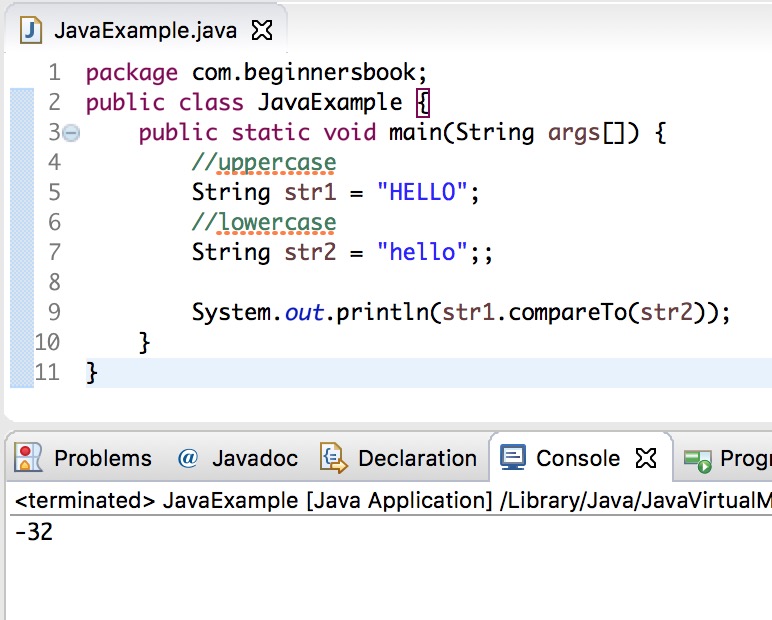

For instance, the letter “ç” can be considered:

In fact, some characters can be thought of in different ways. They thus had to introduce the new concepts from Unicode, such as “surrogate” chars to indicate that one specific char is actually not a character, but an “extra thing”, such as an accent, which can be added to a character. Instead of seeing a “char” as a single Unicode character, Java designers thought it best to keep the 16 bits encoding. In order not to break compatibility with older programs, Java chars remained encoded with 16 bits. So they added more bits and notified everyone: “starting now, we can encode a character with more than 16 bits”. However, when integrating large numbers of characters, especially ideograms, the Unicode team understood 16 bits were not enough. All Java char has always been and is still encoded with 16 bits.

Thus, Java designers made the decision to encode Strings with characters encoded on 16 bits. This is about the time when Java came out in the mid-1990s. Then, Unicode brought this to a brand new level by encoding characters on… 16 bits. And code pages were defining how to show any character between 128 and 255, to allow for different scripts and languages to be printed. So the extended character table came, bringing a full new range of characters to ASCII, including the infamous character 255, which looks like a space, but is not a space. While this is fine for most English texts and can also suit most European languages if you strip the accents, it definitely has its limitations. The origin of type “char”Īt the beginning, everything was ASCII, and every character on a computer could be encoded with 7 bits. But I think after reading this article, you will never use the type “char” in Java ever again.


 0 kommentar(er)
0 kommentar(er)
